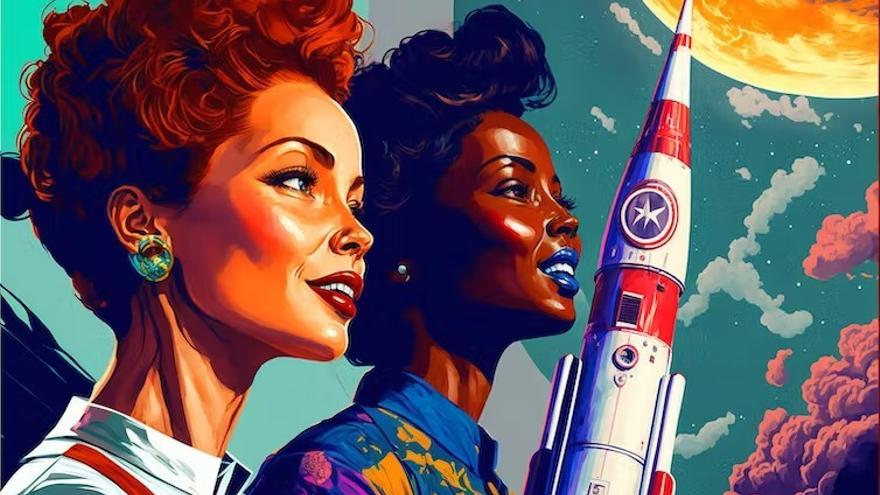We are living a new industrial revolution that some call industry 5.0. In this era, technologies such as artificial intelligence (AI), the Internet of Things (IoT), and robotics work more permanently with humans. This seeks to balance productive efficiency and the quality of life of workers.
Artificial intelligence has developed systems who can converse with humans, create code automatically or translate text into images. This has led to greater process security, which has generated concern among some professionals, who fear losing their jobs. Also in some educational centers, which fear its unethical use by students.
Despite these healthy debates, it is undeniable that technology has great potential and will have a significant impact on our society. We MUST learn to use it to our advantage, just as we did when the internet became popular a few decades ago.
In which fields can these technologies be applied and what is their limit?
The potential of artificial intelligence is limitless. Thanks to deep learning, you can learn through experience and practice, reaching unimaginable heights. This is already happening in game design, where AIs can create new game experiences in new virtual worlds with different characters.
These new developments are especially useful in business sectors and are revolutionizing the entire world, including historical and cultural recovery, since photographs and portraits of historical figures can be reinterpreted and updated, bringing their legacy closer to new generations in an attractive and innovative way. .
The new generations have different lifestyles and ways of relating compared to the previous ones, such as the use of social networks and the preference for attractive and fast visual content. This means that they do not feel interested or reflected by old photographs or portraits of relevant people in their disciplines.
However, there are tools like midway robot that can help to reinterpret and update the legacy of these referents in a fresh and modern way, which can encourage vocations. An example of this is the project “Frontline Women-AI” in it Virtual Museum of UNIRwhere images of outstanding women in science and technology are presented to publicize their legacy and contribution.
In a global and digital world, companies seek to form teams with people from different disciplines to propose complete solutions efficiently and creatively. This means looking for people with different perspectives and skills so that, working together, they can solve complex and changing challenges in a flexible way. For this reason, it is important to promote vocations so that both men and women can develop in the surroundings that interest them and contribute from their own perspective in these multidisciplinary teams.
The importance of recognizing women’s legacies
In this context, recognizing the legacy of women technologists and scientists is key to reflecting on their role in the industrial history of our society. Although in smaller numbers than their male counterparts, they have contributed to the scientific and technological development we enjoy today. If that legacy has not reached our days, it is due to matilda effect.
This phenomenon discredits the contributions of women in this field and has meant that their legacy is not known in its fair measure. So it is important to encourage STEM (science, technology, engineering and mathematics) vocations among women, not only for advancement and innovation, but also for reasons of social justice.
Related news
Why look to the past when we can also look to the present? In addition to rescuing the stories of pioneering women in science and technology, it is important to highlight the fundamental role that women are currently playing in these fields and show their example. Recognizing women who are leading important companies and making significant contributions can inspire others to follow in their footsteps toward a more inclusive and equitable future for all.
This article was originally published on The conversation. read the original.

